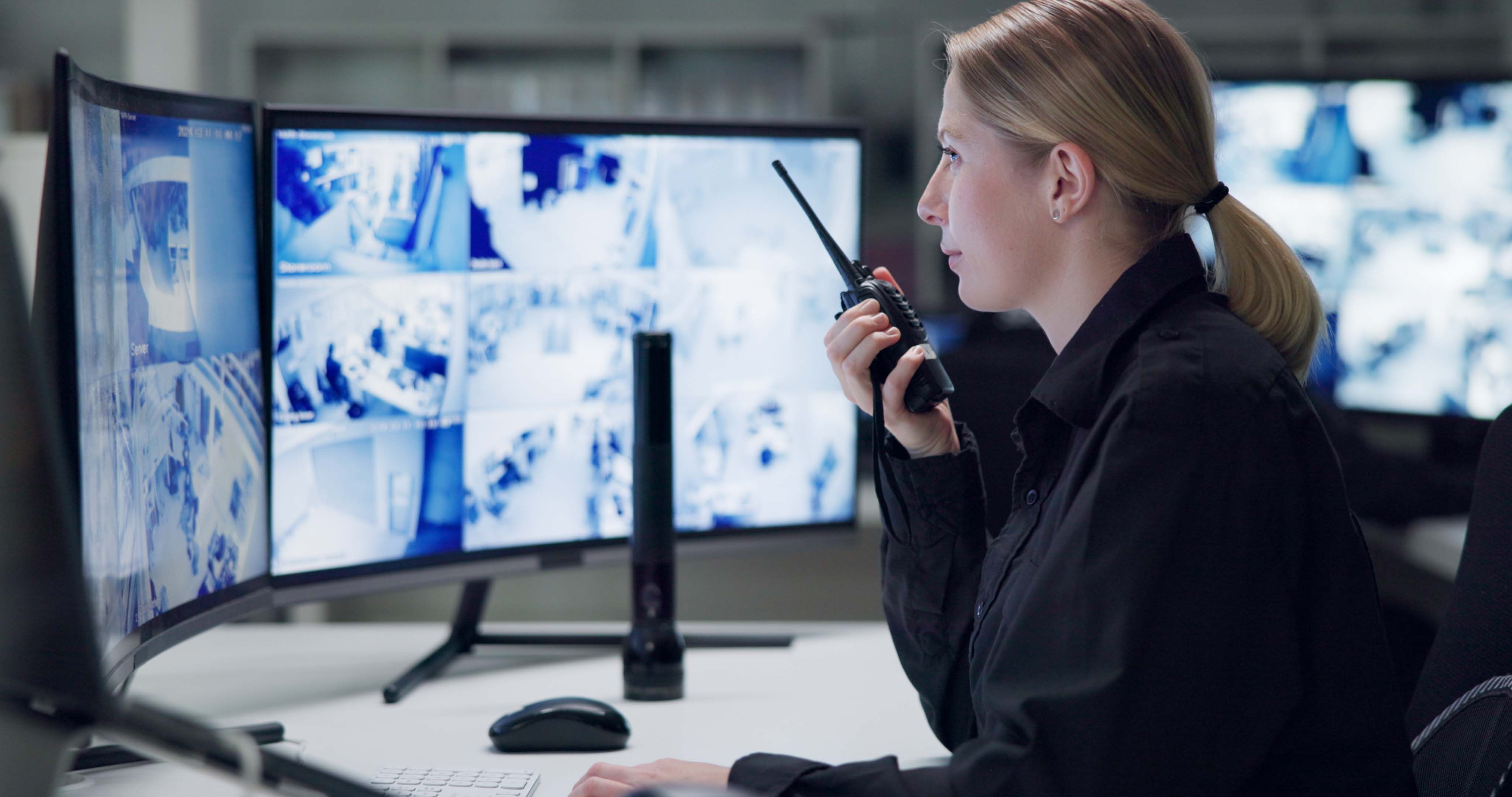Understanding Executive Protection: Key Roles and Skills
Introduction to Executive Protection
In an increasingly complex global environment, ensuring the safety of individuals in leadership positions requires specialized skills and knowledge. This is where executive protection comes into play. Unlike traditional security measures, executive protection involves a comprehensive approach tailored to the unique risks faced by high-profile individuals.
Executive protection professionals are tasked with safeguarding CEOs, dignitaries, and other high-ranking officials from potential threats. Their roles extend beyond mere bodyguard duties, encompassing a wide range of responsibilities that include risk assessment, advance planning, and crisis management.

Key Roles in Executive Protection
Personal Protection Specialist
At the forefront of executive protection is the Personal Protection Specialist (PPS). These individuals are directly responsible for the physical safety of the client. They are trained in defensive tactics, surveillance detection, and emergency response. Their primary focus is to ensure that their client is shielded from any immediate threats.
Advance Agent
The Advance Agent plays a crucial role in preparing for the client's arrival at various locations. They conduct site surveys, evaluate potential risks, and coordinate logistics to ensure seamless transitions. Their work often involves liaising with local authorities and other security personnel to establish a secure environment.
Essential Skills for Executive Protection Professionals
Situational Awareness
One of the most critical skills for anyone in executive protection is situational awareness. This involves being acutely aware of the surroundings and recognizing potential threats before they materialize. Protection specialists must be able to anticipate and mitigate risks proactively.
Communication Skills
Effective communication is paramount in executive protection. Professionals must be able to convey crucial information quickly and clearly to both their clients and team members. This includes maintaining discretion and confidentiality at all times, as sensitive information is often involved.

Technical Proficiency
The modern landscape of executive protection requires a solid understanding of technology. Professionals must be adept at using security systems, surveillance equipment, and other tech tools that enhance their protective capabilities. Staying updated with the latest technological advancements is essential for maintaining a robust security strategy.
The Importance of Training and Experience
Training is a cornerstone of effective executive protection. Specialists undergo rigorous programs that cover everything from defensive driving to cybersecurity. Continuous education ensures that they remain prepared for an ever-evolving threat landscape.
Experience also plays a significant role in honing the skills needed for executive protection. Seasoned professionals have encountered a variety of scenarios, which equips them with the insights necessary to handle unpredictable situations with confidence and composure.
Conclusion
Understanding the intricacies of executive protection highlights the importance of this specialized field. As global challenges continue to evolve, the demand for skilled protection professionals grows. By recognizing the key roles and skills involved, organizations can better appreciate the value these experts bring in safeguarding their most valuable assets: their leaders.